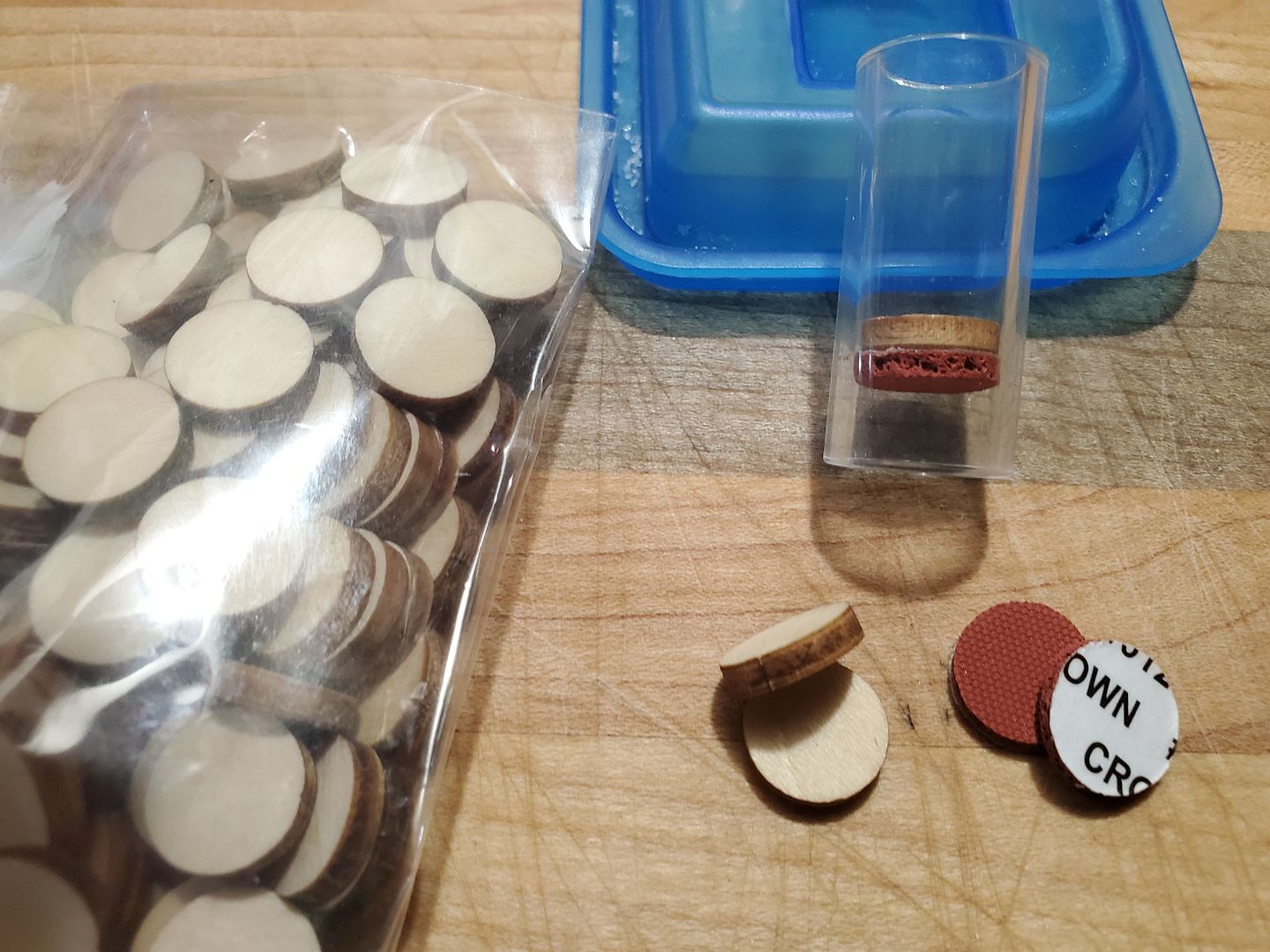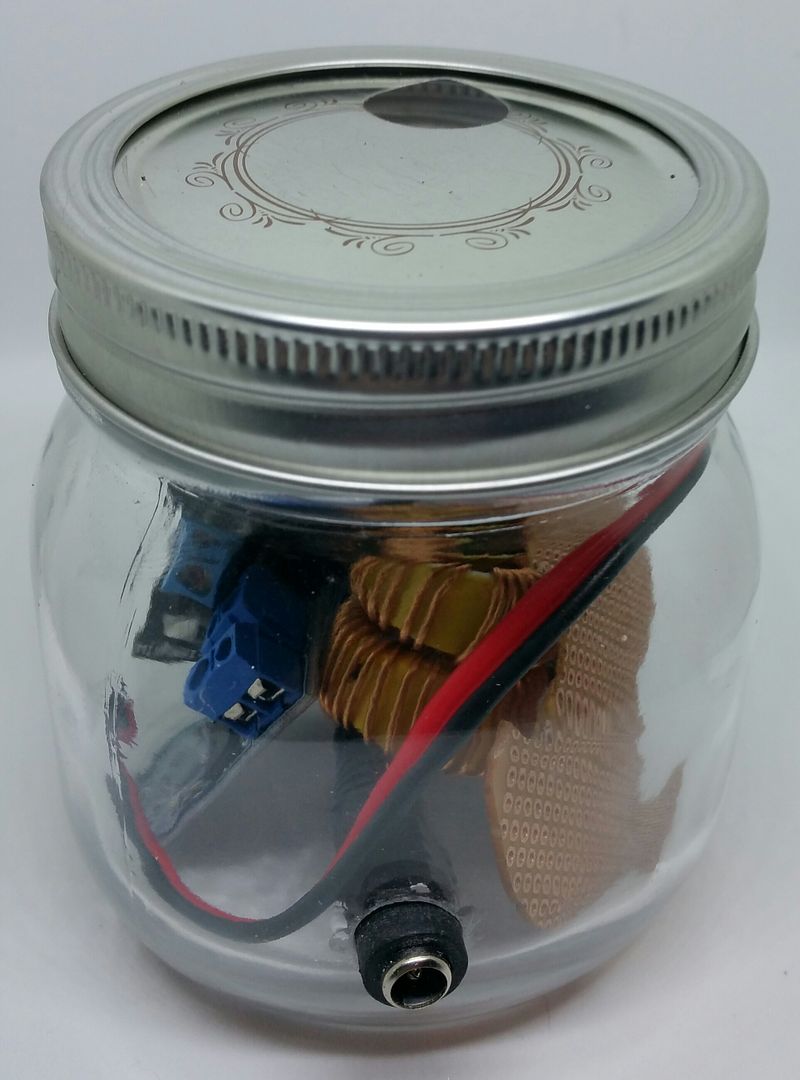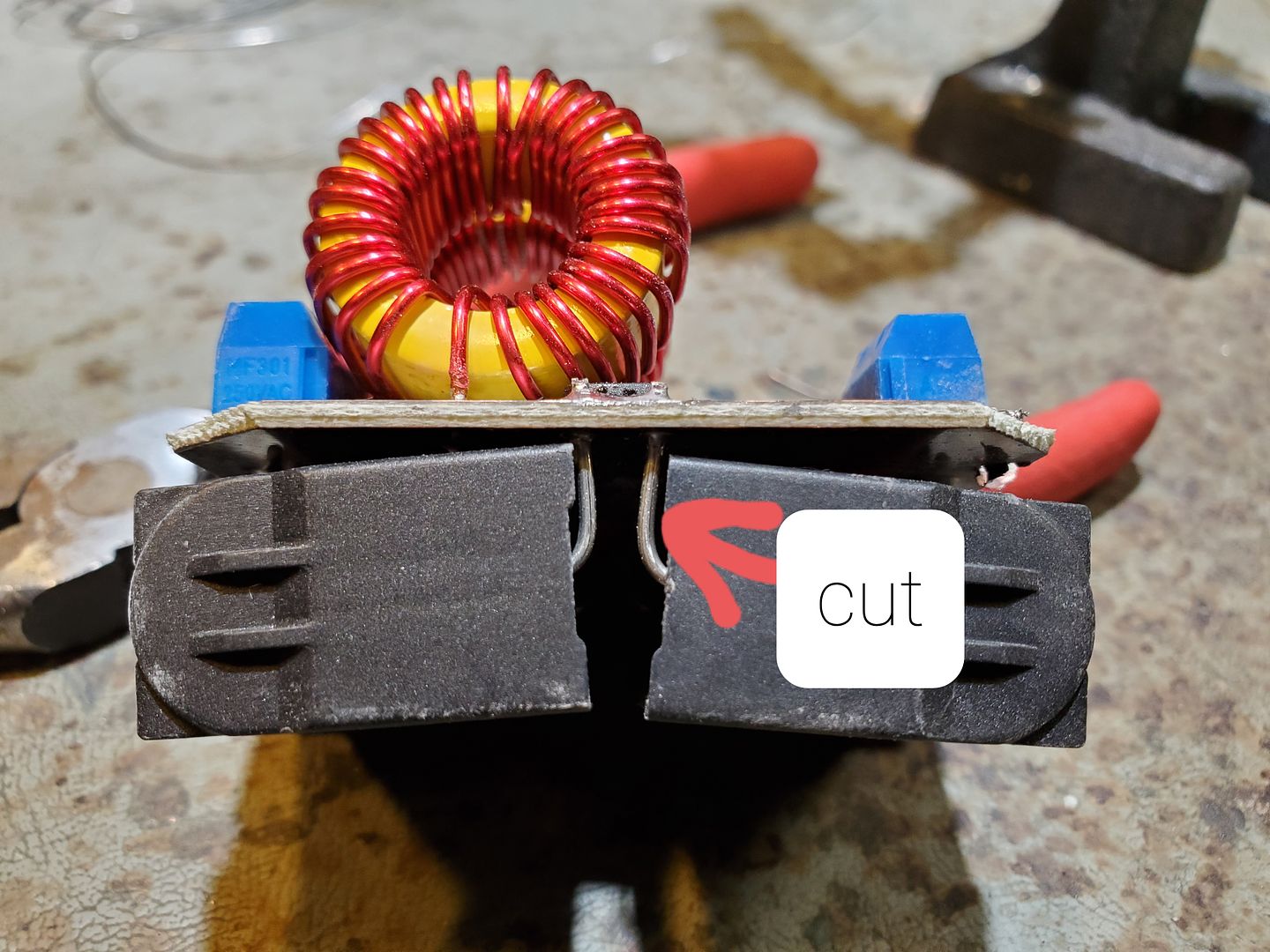This is actually an easy fix. There will be too much friction between the orange cushion and the glass tube. You need to fish it out with a long pin or something to get between the glass and cushion to flip it on its side, then pick it out. Now just use it like an eraser and smoothen off the highest spots on the sides of the cushion. Doesn't take much as the trick is to maintain enough friction so it doesn't fall out by itself but switch activation is clean.Sometimes it seems like it is just the pads that are pushed too far because I don't get the button to click to close the circuit. When the button get stuck, I unplug my module and play with the pads with with my dynavap until I get the button to click again. could reducing the radius on the pad solve the problem?
You should be fine afterwards.
You can find my announcement post here:

VapCap Induction Heater for Desktop and in Car Use
WOW he making anymore? I will ask him when you interested. Will Send you an PM when I have more information on that.
fuckcombustion.com




 I like the idea of a hybrid shield. I know it's not a valid concern, bit it feels almost un-natural, for me, to press a hot metal piece into a soft "plastic" piece ... even though I KNOW silicon can take it. I don't own any silicone bakeware ... can't embrace it yet! Having the cap contact a firm surface instead of a spongy one (again, I know the silicone disc is not mushy at all...) feels (psychologically, not just tactile) " better".
I like the idea of a hybrid shield. I know it's not a valid concern, bit it feels almost un-natural, for me, to press a hot metal piece into a soft "plastic" piece ... even though I KNOW silicon can take it. I don't own any silicone bakeware ... can't embrace it yet! Having the cap contact a firm surface instead of a spongy one (again, I know the silicone disc is not mushy at all...) feels (psychologically, not just tactile) " better". 





 To me, getting all the parts together is a pita, but figuring out how to assemble is the most fun part.
To me, getting all the parts together is a pita, but figuring out how to assemble is the most fun part.


